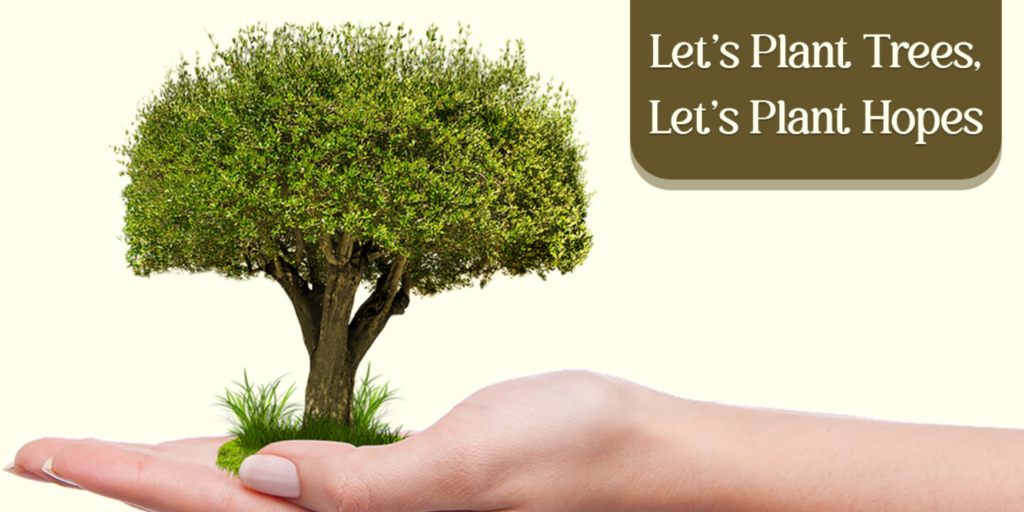Planting trees can have numerous positive effects on air quality in your community. Trees play a crucial role in improving air quality through a process known as photosynthesis, where they absorb carbon dioxide (CO2) and release oxygen (O2). Here’s how planting trees can help improve air quality in your community:
Carbon dioxide absorption:
Trees act as carbon sinks, taking in CO2 from the atmosphere during photosynthesis. By reducing the concentration of CO2, which is a greenhouse gas, trees help mitigate the effects of climate change and reduce air pollution.
Oxygen production:
During photosynthesis, trees release oxygen, which is essential for humans and other living organisms. Increased tree cover means a higher oxygen supply, leading to fresher air and a healthier environment.
Particulate matter filtration:
Trees act as natural filters, capturing and trapping airborne particles, such as dust, pollen, and other pollutants. This filtration process can significantly reduce the levels of harmful particulate matter in the air.
Ozone reduction:
Trees can help reduce ground-level ozone, a harmful air pollutant formed when nitrogen oxides (NOx) and volatile organic compounds (VOCs) react with sunlight. Ozone is a major component of smog and can have adverse effects on respiratory health.
Cooling effect:
Trees provide shade and reduce the urban heat island effect, where urban areas experience higher temperatures than surrounding rural areas. By cooling the environment, trees can reduce the formation of air pollutants that thrive in hotter conditions.
Volatile organic compound (VOC) absorption:
Trees can absorb certain VOCs, which are released by some household products, paints, and industrial processes. These compounds can contribute to indoor and outdoor air pollution.
Noise reduction:
Trees can act as sound barriers, absorbing and blocking noise pollution. A quieter environment can lead to reduced stress and better overall well-being.
Aesthetic and psychological benefits:
Green spaces with trees enhance the visual appeal of communities, creating a more pleasant and relaxing environment. Studies have shown that spending time in nature can reduce stress and improve mental health.
To maximize the air quality benefits, it’s essential to plant a diverse selection of tree species suited to the local climate and conditions. Additionally, maintaining existing trees and protecting natural forested areas are equally important in preserving and improving air quality.
Community initiatives, such as tree-planting campaigns and urban forestry programs, can actively involve residents in the process of improving air quality. By collectively taking steps to plant and care for trees, communities can make a significant contribution to combating air pollution and promoting a healthier environment for all.

